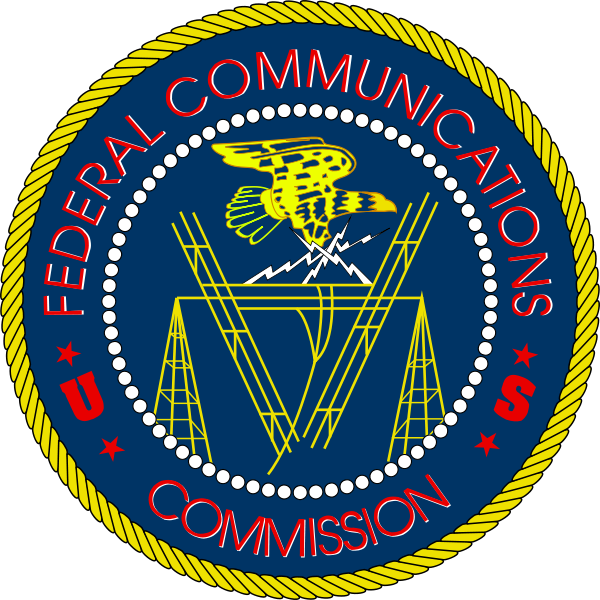McGraw Daniels LLC will propose to the Federal Communications Commission to promote a pilot project aimed at erasing closing the digital divide
for low income students through a means tested next generation network using USPTO rights to 5,577,042 and other patents using a business process. This will be a unsolicited proposal under federal law.
- Acquire a licensee for patent rights including USPTO 5,577,042
- Create a fork of the best of open source.
- Create a demonstration project around STEM based sewers and recycling solutions that support Erasing the Digital Divide in Urban America with 1,000 small businesses and 20,000 strategic stakeholder households.
- Carefully and objectively assess our products and services to ensure that they are in fact, innovative and unique [patented core with USPTO 5,577,042],
- It is not already commercially available to the government.
- Create a report on research on Part 15.6 of the Federal Acquisition Regulation (FAR) which provides specific criteria that must be met before an unsolicited proposal can be submitted.
We will promote this program with the Taft STEM Parent Transforming Organization to the Federal Communications Commission [FCC] Chairman Julius Genachowski to talk about a Ohio based public/private partnership which will provides broadband and computers to families with children in the federal free school lunch program on a means tested basis.
“We
have a broadband adoption gap in the U.S.,” Genachowski said in an
interview with UT-San Diego. “About one third of our population doesn’t
have broadband at all. That gap is just too big in a world where job
posting are overwhelmingly online and where job applications are
submitted online.”
We will ask Good PC, an arm of Columbus, Ohio-based Redemtech, to provide refurbished laptop and desktop computers for the price they already do to another type of enterprise for $150 as well as free tech support.
Genachowski
said 100 million American’s lack broadband Internet access at home. The
68 percent broadband adoption rate compares with 90 percent adoption in
South Korea and Singapore. There is a national broadband plan.
Lack of high-speed Internet is more common among poor, rural and ethnic populations. Less than half of African American, Latino and rural families have broadband access.
“I talk to teachers across the country and they say, ‘I want to give out homework assignments and research projects that make my students develop digital literacy so they know how to use the Internet and are ready for a 21st century economy,’” he said in an interview. “‘But if half my kids don’t have the Internet at home, what am I supposed to do?’”
The districts involved in a current FCC P3 local pilot are in San Diego Unified, Poway Unified, Sweetwater Union High School, Santee, Escondido Union and Lakeside Union.
As part of his trip to San Diego, Genachowski visited Qualcomm to see new technology aimed at using wireless spectrum more efficiently. Spectrum refers to the digital airwaves that carry wireless voice and data.
“There is no question the demand for spectrum from smartphones and tablets is going up at a rate that’s much faster than anyone could have imaged before the iPhone and iPad,” said Genachowski. “If we don’t have the invisible infrastructure to meet the demand, we’re going to lose out on some of the opportunity from this new mobile broadband world.”
Congress gave the FCC authority to conduct incentive auctions to encourage over-the-air TV broadcasters and others with underused spectrum licenses to sell their spectrum to wireless carriers for mobile broadband. Participants would get a percentage of the auction proceeds.
The FCC is current writing rules for incentive auctions. Genachowski believes many TV spectrum license holders will want to participate.
“It’s not going to be mandatory,” he said. “But it’s a way to take market forces and have an incentive based mechanism for reallocating spectrum that is inefficiently used to spectrum that is available for mobile broadband.”
Our goal is to have 20 million homes under management by 2015.

No comments:
Post a Comment